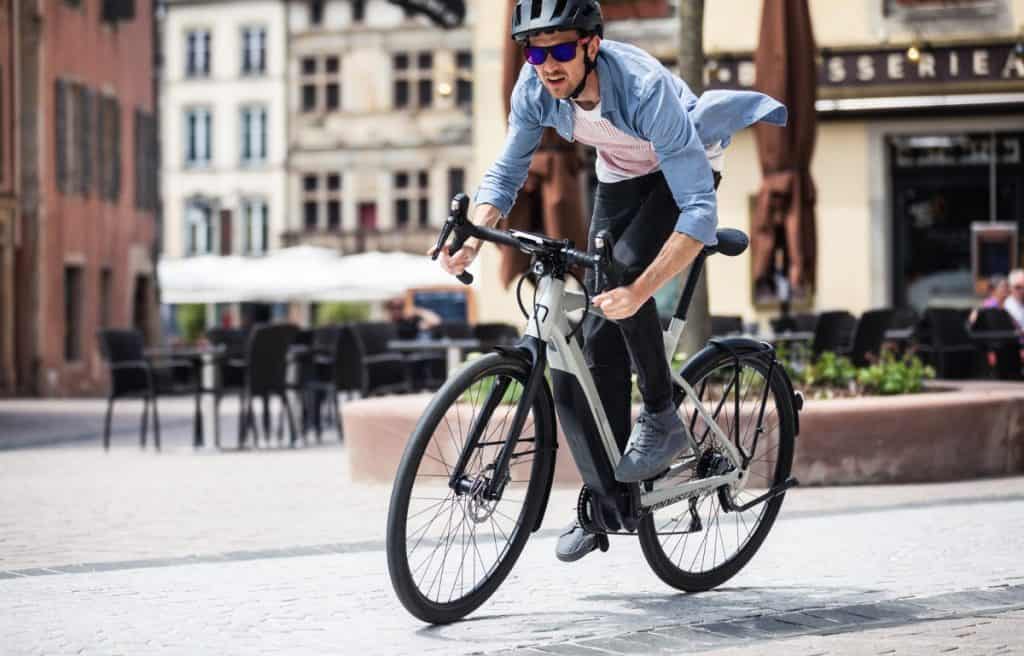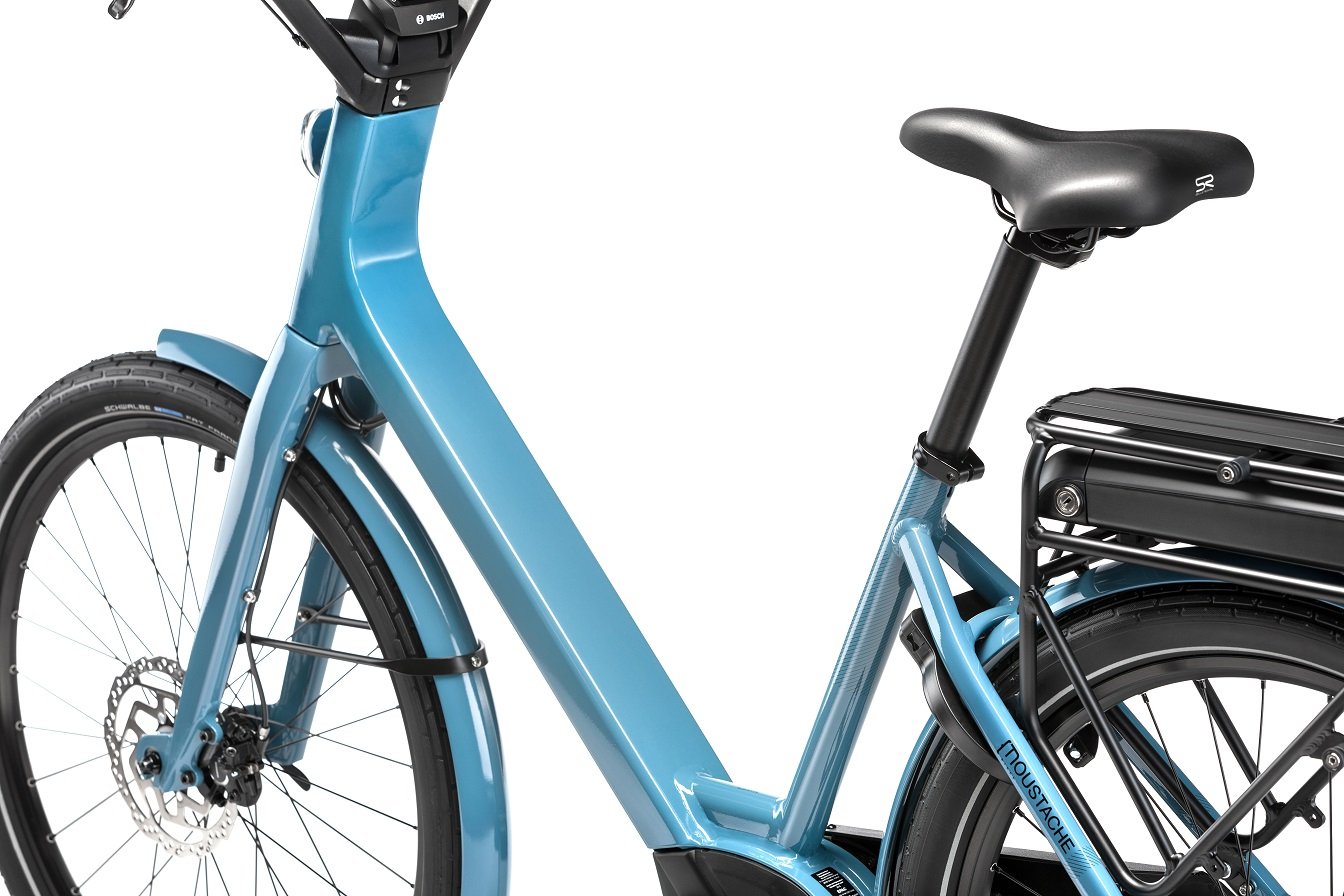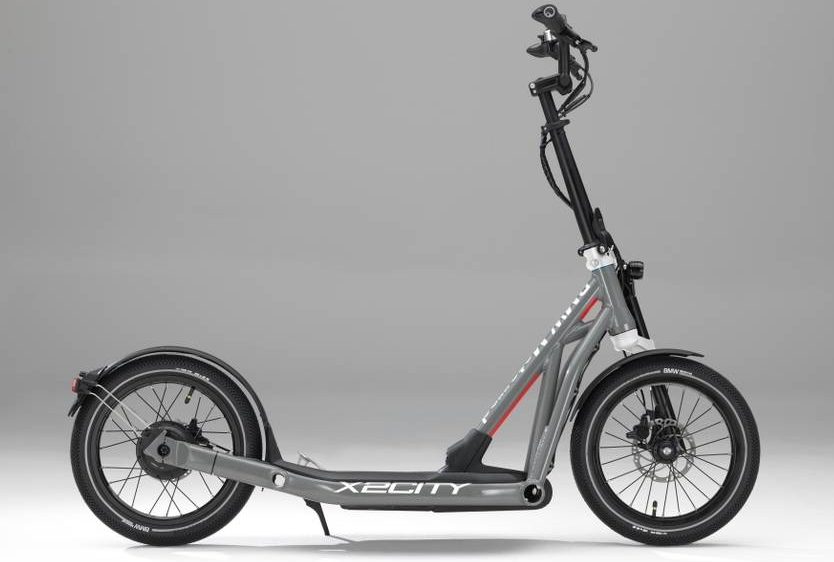
Electric bikes and rules: what you need to know!
Content

Many safety standards apply to electric bicycles: quality, safety, speed, insurance… Find out all the criteria you need to ensure that your future purchase will comply with current regulations.
Basic rules for any bike, load or scooter
When buying a new bike, you need to sell it:
- Assembled and adjusted
- Accompanied by a printed notice
- Equipped with front and rear lights and warning lights (reflectors front, rear and sides)
- Equipped with audible warning device
- Equipped with two independent braking systems acting on each of the two wheels.
Electric bike regulations
In addition to the general rules of the cycling world, electric bicycles (VAE) must comply with a number of additional requirements defined by the NF EN 15194 standard:
- The actuation of the electric booster should be associated with pedaling (it starts when you pedal and stops when you stop pedaling).
- The maximum speed reached with the aid should not exceed 25 km / h.
- The motor power must not exceed 250 W.
- The motors must be electromagnetically compatible.
- The safety of the chargers must be ensured.
- The batteries are recyclable.
If the engine power exceeds 250 W, and the assistant allows you to climb more than 25 km / h, then the vehicle falls into the category of mopeds. This creates additional requirements: registration, insurance, mandatory use of a helmet, obtaining a road safety certificate, etc.
Heavy fines in case of unbridledness
From 2020, traffic regulations prohibit changing the e-bike speed limit device. Cyclists who violate this article face one year in prison and a fine of € 30, their driver's license can be suspended for three years, and their electric bike withdrawn from circulation. Stop cooling the Fangios bike ...
Helmet and life jacket recommended!
The law requires all cyclists and passengers under the age of 12 to wear a helmet. This one is also recommended for teens and adults.
The bicycle helmet is subject to the European Personal Protective Equipment Regulation, which requires the CE mark to be affixed to helmets. Therefore, for a helmet to meet the requirements, it must include:
- CE standard number
- Manufacturer brand
- Date of manufacture
- Its size and weight.
On the other hand, the wearing of a reflective vest is mandatory for both the driver and the passenger outside populated areas, at night and in low light conditions.
Electric bike and insurance
It is not necessary to insure your e-bike. On the other hand, cyclists must have liability insurance to be insured if they cause damage to a third party.
However, an electric bike is more expensive than a regular bike, it is often more in demand, and therefore it can be interesting to have it secured against theft. Most insurance companies also offer a fixed price tag: a unique number is engraved on the bike frame and is registered with the French Cycling Federation. In the event of a theft, this number will allow the police or gendarmerie to contact you if your bike is found.
You now have all the keys to choosing the electric bike of your dreams. Nice road!
